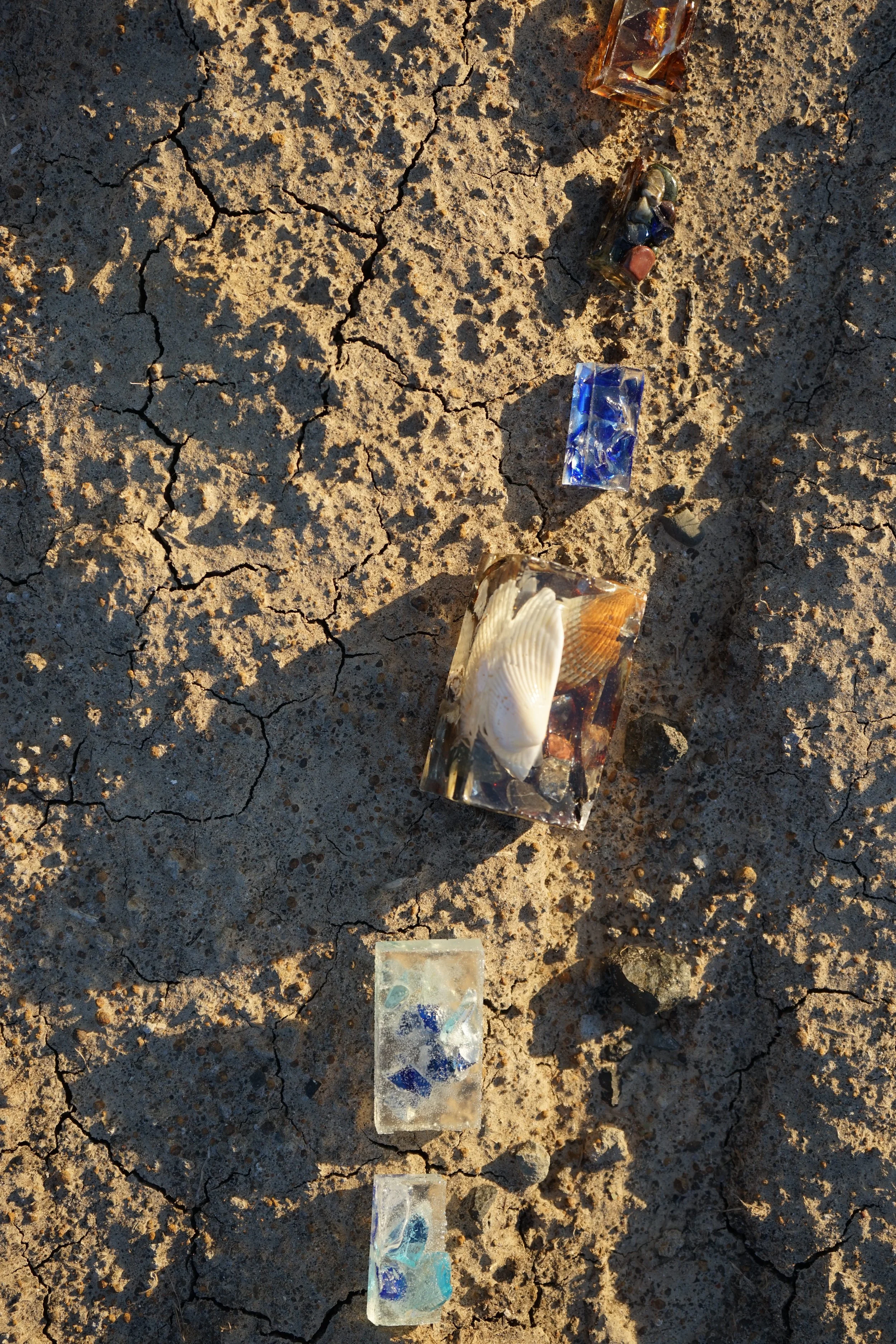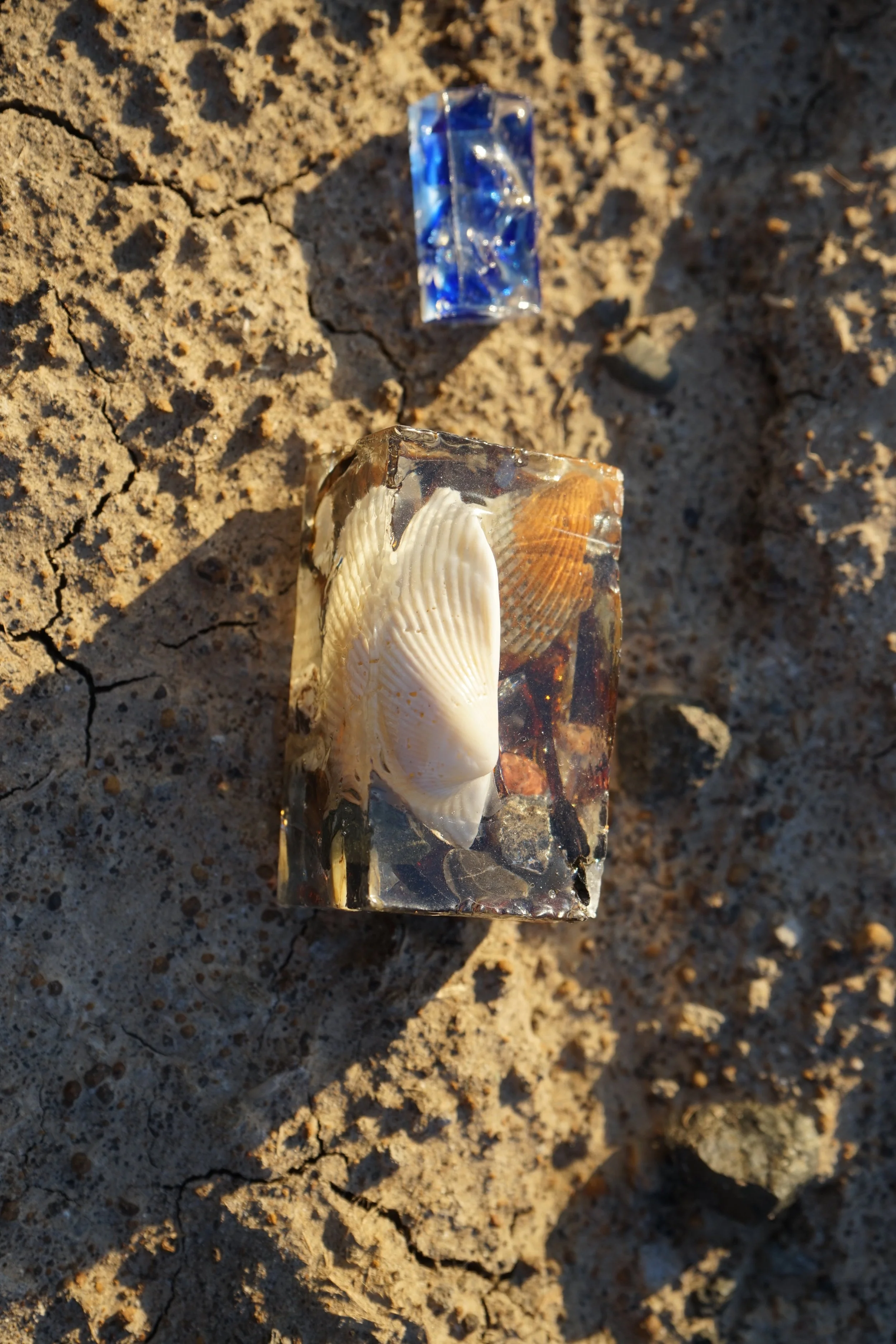Ridges
“Ridges” was photographed at the Suisun Marsh, Suisun being the indigenous Patwin word meaning, “where the west wind blows.” The Suisun Marsh is considered the largest contiguous brackish water marsh on this continent that is held together by two oceans. Suisun Marsh is sustained by water from various sources, including the confluence of the Sacramento and San Joaquin Rivers and snowmelt from the mighty Sierra Nevada mountains. In the indigenous languages of the Sacramento Valley, where I live, the river is recognized by multiple names. Primarily inhabited by the Wintun, Maidu, and Yana tribes, the river is commonly known as "Kinch che-na" or its variations, conveying meanings akin to "Big River" or "Great River." It’s unbelievable how parched a massive wetland can become, at least on its surface, and I wonder if Natives would still call the river great. I suppose, in some way, "Ridges" stands as a testament to what endures when a wetland dries up and what can be discovered at the end of water. Perhaps there lie exquisite artifacts, remnants of an earthbound soul’s dream for there to be some meaning in the desecration of Earth for private gain.
The fragments in “Ridges” are details from my latest work, “Constellations,” a sculptural piece made from several years' harvest of broken glass found all throughout the marshland. Glass is not biodegradable, which means it does not decompose in the same way that organic materials do. Instead, glass takes an extremely long time to break down under natural environmental conditions. It can persist in the environment for thousands of years without decomposing significantly. The exact time frame for glass to decompose can vary based on factors like the type of glass, environmental conditions, and the specific location where the glass is located. In many cases, glass items discarded in landfills or as litter can remain largely intact for centuries. Through recycling, glass can be melted down and reused to create new glass products, reducing the need for new raw materials and the environmental impact associated with glass production.
But to pick up after ourselves and shape “one man’s trash” into something of beauty, to then offer to the earth, not as a thing discarded, but as an offering made, is a ceremony I dream for earthbound souls to practice. To look at Earth and say, Here, I made this for you. Maybe in several millennia, the marsh will be excavated, its strata unearthed by our future selves who will look upon these relics and remember the ridges of the earth embedded with glass when once they were replete with water.






